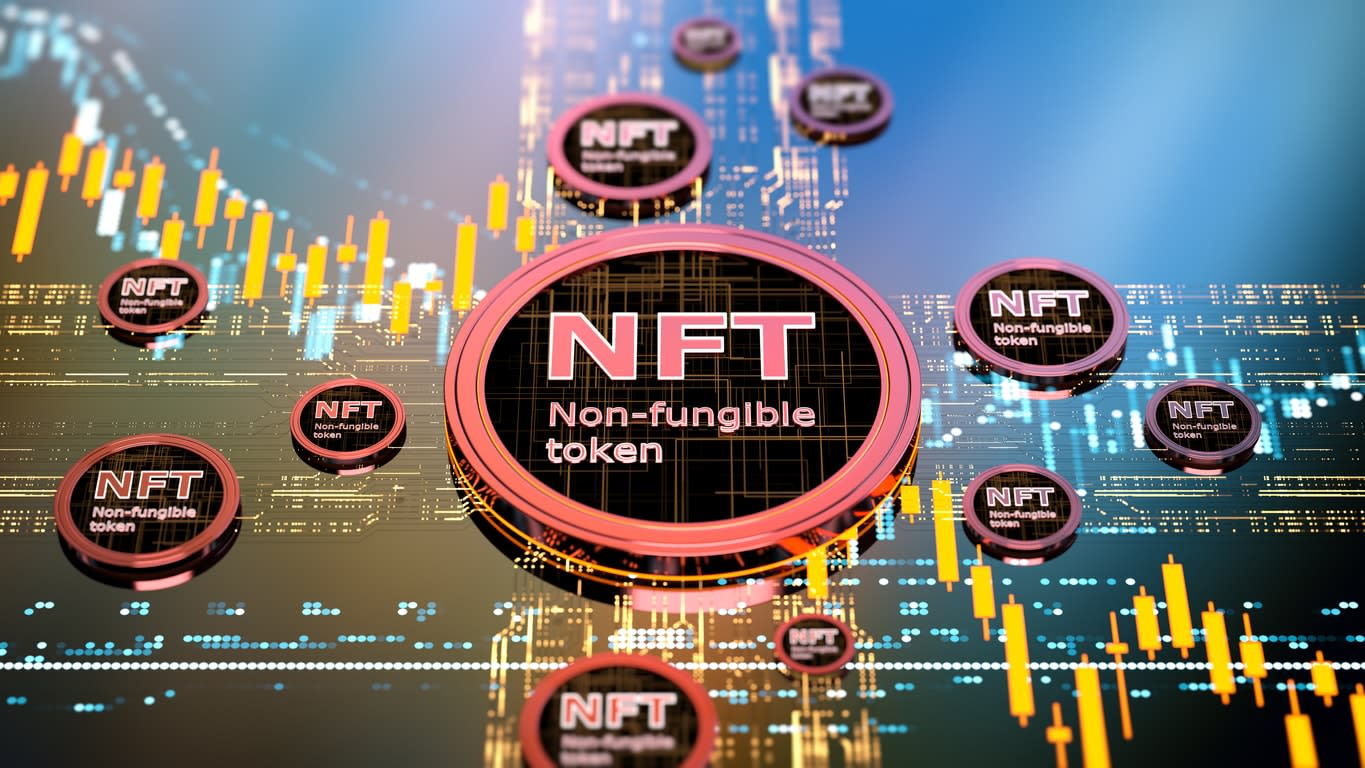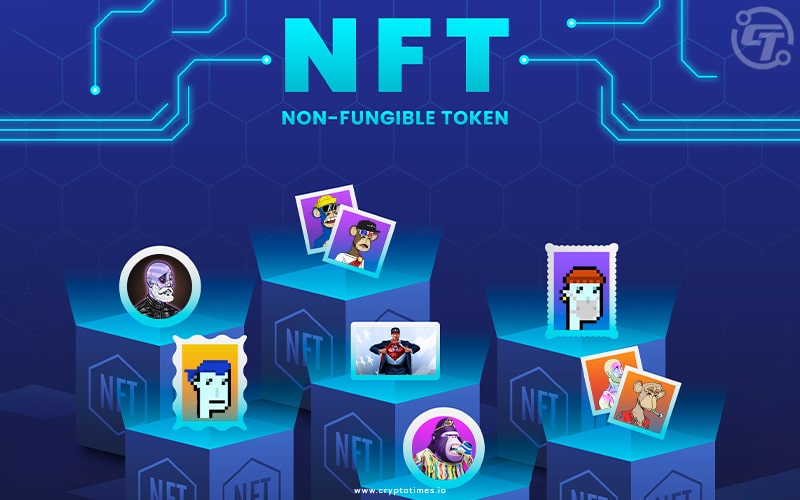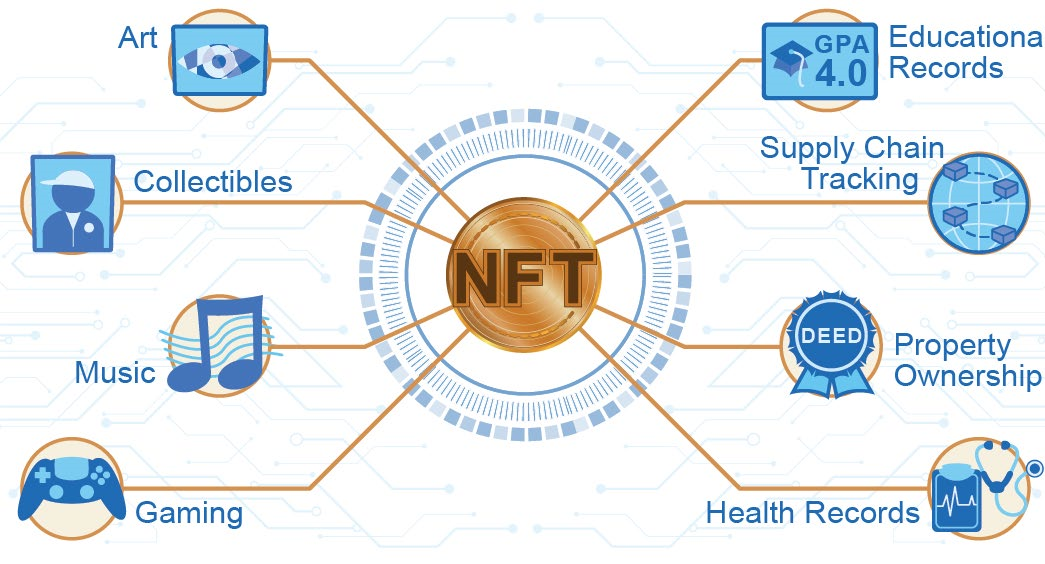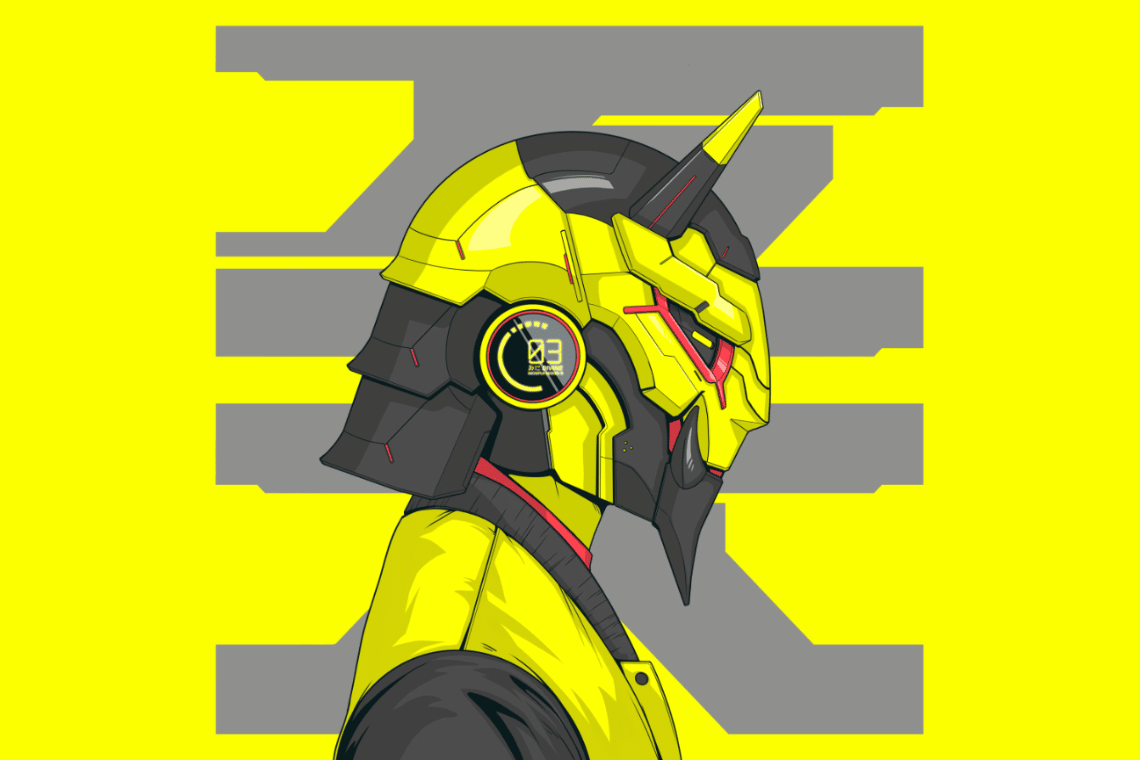
When the Non-Fungible Tokens (NFTs) emerged onto the scene in the crypto world, it took the entire cryptocurrency market by storm in terms of gaining colossal popularity overnight.
Everyone was talking about how this new concept is a revolutionary idea, and many crypto enthusiasts predicted that they would take over the world of owning artwork, with the contrasting difference being that this would be digital artwork.
However, whether or not they remained as popular as they once were is still an ongoing debate. Yet, we will look into the once-most discussed topic in the cryptocurrency realm and explore what it is and how it has fared over time.
What are Non-Fungible Tokens (NFTs)?

Unlike traditional cryptocurrencies such as Bitcoin or Ethereum, NFTs are not interchangeable or divisible. Instead, each NFT represents a distinct and irreplaceable digital asset, often tied to digital art, collectables, music, virtual real estate, and more.
At the core of NFTs lies blockchain technology, a decentralized and transparent ledger that ensures the authenticity and ownership of these unique tokens.
Blockchain, the underlying technology of cryptocurrencies, provides a secure and tamper-resistant environment for creating and validating NFTs.
The main reason the crypto community saw a massive surge in the popularity of NFTs back in the day could be their ability to empower the creators of these NFTs and redefine the concept of ownership in the digital realm.
Artists, musicians, and other content creators could tokenize their work, which allowed them to retain ownership and control over their intellectual property.
The direct relationship between creators and consumers was viewed as a paradigm shift from traditional distribution models, providing a decentralized and democratized avenue for monetization.
How NFTs Work
Understanding the inner workings of Non-Fungible Tokens (NFTs) involves navigating the landscape of blockchain technology and smart contracts.
NFTs leverage blockchain’s secure and decentralized nature to authenticate and validate the ownership of unique digital assets.
At the heart of NFT functionality are smart contracts. Smart contracts are self-executing contracts with the terms of the agreement directly written into code.
Smart contracts play a pivotal role in creating, transferring, and verifying NFTs on blockchain networks like Ethereum, a popular choice for NFTs.
These contracts ensure that the rules defining the uniqueness and ownership of each token are transparent, verifiable, and immutable.
Turning digital assets into NFTs, known as tokenization, involves creating a unique digital certificate of ownership for a specific item.
The certificate is then stored on the blockchain, providing a public and decentralized ledger that anyone can access and verify.
The decentralized nature of blockchain ensures no single point of control or failure, making NFTs resistant to censorship and fraud.
The Ethereum blockchain, in particular, supports specific standards for NFTs, such as ERC-721 and ERC-1155. ERC-721, the original standard, is designed for unique tokens, such as digital art or collectables, while ERC-1155 allows for creating fungible and non-fungible tokens within a single contract.
These standards provide a foundation for interoperability between different NFT projects and marketplaces.
One key advantage of NFTs is their tamper-proof and transparent nature. Once a digital asset is tokenized into an NFT, its entire history, from creation to ownership transfers, is recorded on the blockchain.
The process not only ensures the legitimacy of the asset but also provides a clear provenance that can enhance its value over time.
Applications and Use Cases

NFTs are not just for digital art. They are used in many industries, changing how we see and deal with digital assets. Here are some of the popular use cases that involve NFTs.
Art and Collectibles
NFTs became a game-changer for artists and collectors, offering a novel way to tokenize and trade digital art.
Creators could mint limited editions of their work, and buyers could secure authentic ownership through blockchain verification.
This led to an increase in the popularity of digital art, with artists exploring innovative ways to monetize their creations.
Music and Entertainment
NFTs empowered musicians to engage directly with their fan base in the music industry. Artists could release limited edition music or concert tickets as NFTs, providing fans exclusive content and experiences.
The shift in distribution models introduced the potential to redefine how artists could monetize their work and establish direct connections with their audience.
Gaming and Virtual Real Estate
NFTs reshaped the gaming landscape by allowing players to own in-game assets truly. From rare weapons to unique characters, gamers could buy, sell, and trade NFTs within and across games.
Virtual real estate, represented as NFTs, also gained traction, with users purchasing and selling digital land within virtual worlds.
Real Estate and Tokenized Assets
Beyond the digital realm, NFTs also found applications in traditional sectors like real estate. Physical assets like real estate properties could be tokenized to enable fractional ownership, making high-value investments more accessible.
This could make investing easier for more people and improve how quickly things could be bought or sold in markets that weren’t easy to trade in.
Why have NFTs lost their popularity?
NFTs burst onto the scene with a bang, generating immense enthusiasm and excitement. However, their popularity waned as time passed, leaving many wondering what caused the decline. Several factors contributed to this shift:
Market Volatility and Crypto Winter
The cryptocurrency market, particularly Bitcoin and Ethereum, experienced significant price fluctuations in the 2022-2023.
This volatility directly impacted the NFT market, as NFT prices are often tied to cryptocurrency values.
Additionally, investors pulled their funds from the crypto market because either they sustained heavy losses or they wanted to commence search for other profitable avenues, which led to a large reduction in NFTs popularity.
Sustainability Concerns Emerge
While environmental groups have expressed concerns about the energy consumption of cryptocurrencies, the debate has a complex outlook regarding NFTs.
NFTs, built on similar technology, faced scrutiny as awareness of their potential environmental impact grew. The scrutiny raised important questions about the sustainability of NFTs and their broader implications.
Complex Landscape of NFTs
The NFT ecosystem’s complexities and intricacies proved challenging for newcomers to navigate.
Technical barriers, such as requiring cryptocurrency wallets and understanding gas fees, hindered wider adoption.
Additionally, the lack of consistent regulations and potential scams created uncertainty for potential investors.
Debating the True Value of NFTs
Some NFTs were like special digital art or collectables, making them valuable and unique. But, not all NFTs had any real value. Some were only worth what people would pay, making them risky investments.
The inherent risk didn’t stand well with the general crypto community, making them wonder whether the NFT market might become too inflated, like a bubble, and could suddenly lose much of its value.
Because of these concerns, some investors became more careful and hesitant, not wanting to risk too much if the market didn’t do well.
The Search for Utility
The rapid growth of the NFT market led to an influx of projects, some with questionable value or utility. The saturation made it difficult for genuine projects to stand out, and some investors felt exhausted by the constant stream of new offerings.
Case Study

If you want to get a tangible reference of how NFTs’ popularity has faded over time, then the case of Logan Paul’s Azuki NFT collection comes to your mind. Logan Paul, a famous YouTube celebrity, acquired his Azuki Bumblebee NFT in 2021 for a mammoth $625,000.
However, as time went by and the crypto market declined following the TerraUSD crash, the NFT stood at a mere $10 in September of 2022, meaning that the NFT lost 99% of its value.
We would like to clarify that this is the last known value we were able to research, and so far, we haven’t traced an increase or decrease in its value. The NFT might have regained some value with time, but according to our research, it wasn’t a substantial increase. This scenario will give you some idea about how the NFT market failed to catch on among crypto enthusiasts, and many people have dubbed it a failed concept.
Conclusion
Despite the decreased hype, NFTs still possess the potential for future growth. The underlying technology holds promise in areas like increased usability, fractionalized asset ownership, transparent supply chain management, and metaverse integration.
Challenges like regulation and environmental concerns exist, but continued innovation could unlock the true potential of NFTs and reshape various industries. Their success hinges on adaptation, evolution, and delivering real value beyond speculation.




